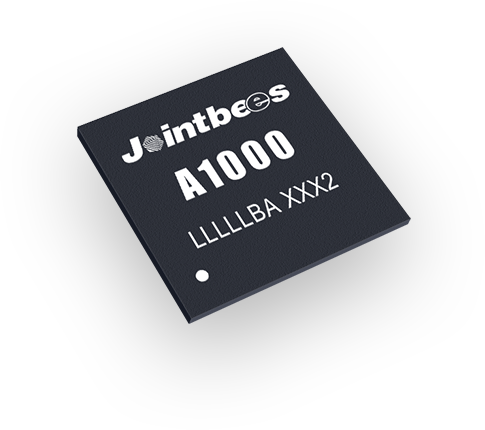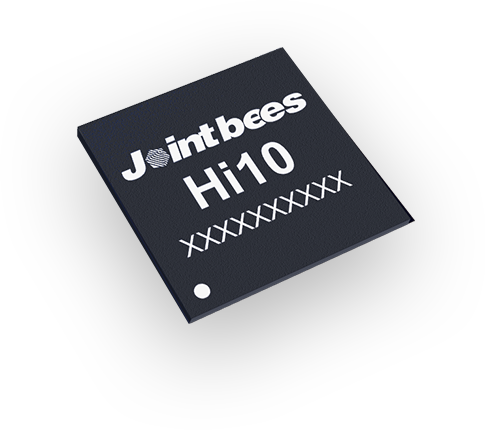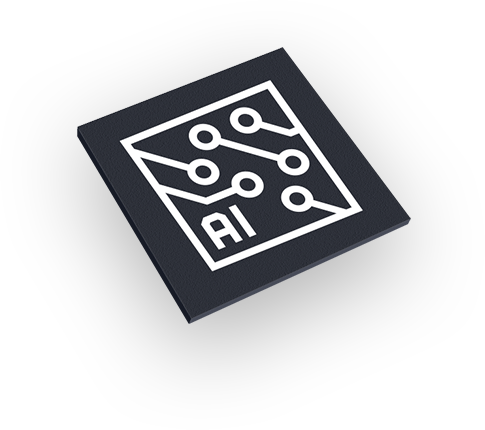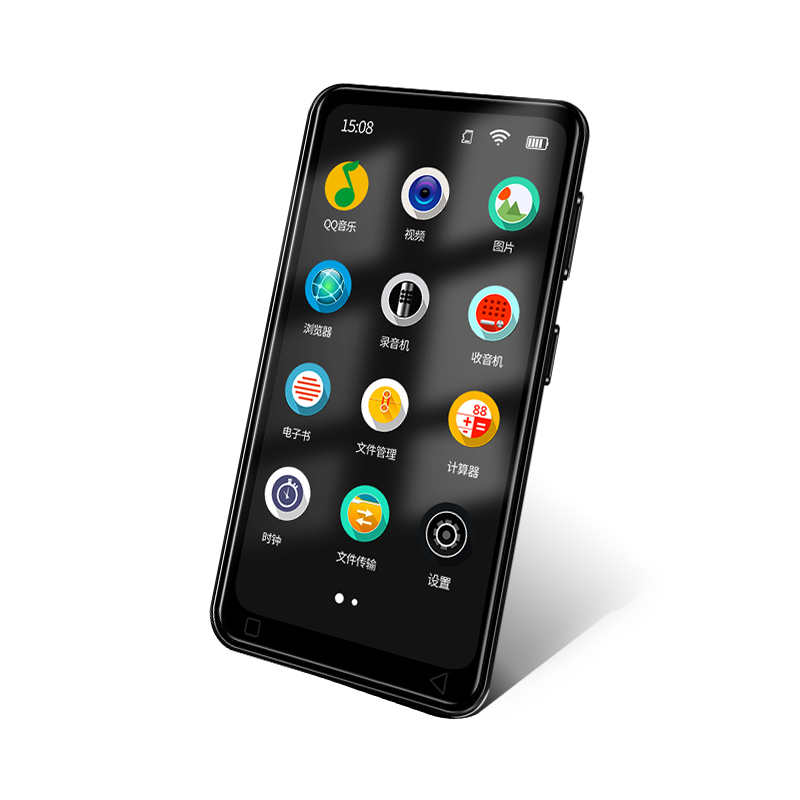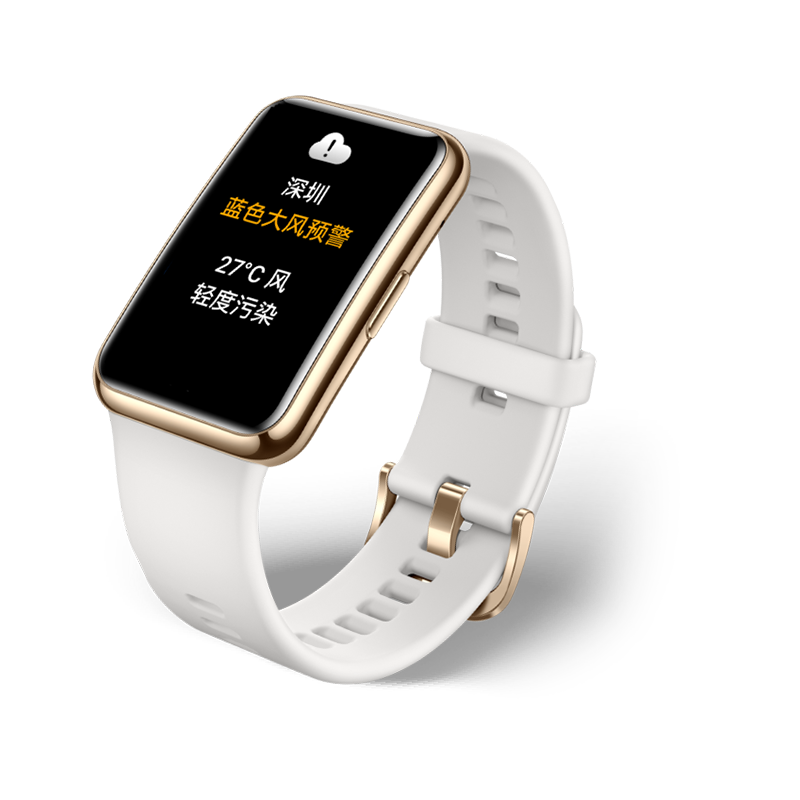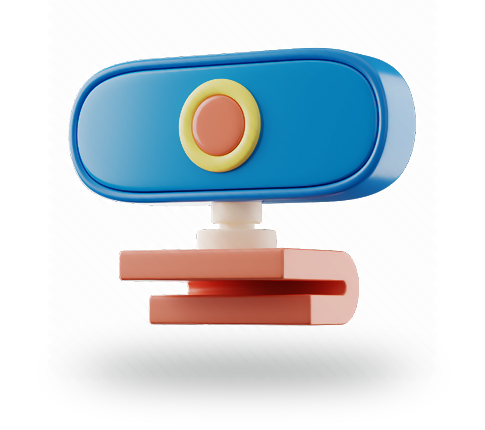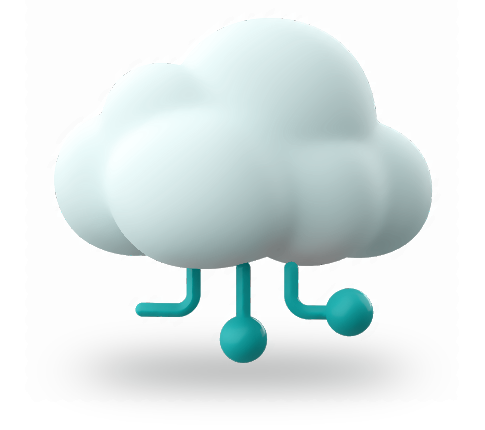- Home (current)
- SoC
- Cloud Service
- News
- Contact
- English
07/08
FridayAtmosic World Lowest Power Consumption BLE 5.0 SoC with Energy-Harvesting Features That Target ‘Forever Power’ for IoT Devices
Atmosic’s slim, small design solves the battery problem and allows devices to communicate faster by taking energy from external RF radio frequencies into the environment. Developers can choose an approach that fits their design requirements for circuit size and number of components, design complexity, additional certification requirements, and time to market.
Energy harvesting
The environment around us is rich with renewable energy that can be harvested from kinetic (motion), thermal, chemical, electromagnetic, and solar sources. Combined with energy harvesting, optimization of component and circuit design solutions makes it possible to avoid the use of replaceable batteries, rechargeable batteries, and any other form of consumption power supply.
Multiple sources of energy are available to power the internet of things. RF energy sources can collect a wide range of frequencies, including 915 MHz and 2.4 GHz, generating up to 10 mW of energy. Independent RF and Bluetooth connections allow you to separate the RF source. This is ideal for applications such as badges, product tags and electronic shelf tags, and home and building automation (Figure 2).

Light energy sources through photo/solar panels can vary from 1 cm², when closer to the source, to larger sizes. This is ideal for outdoor and indoor applications. Mechanical energy sources are suitable for continuous or occasional use. These energy sources should be close to the application, such as a single click providing power for BLE beacons.
Thermal energy sources are based on the collection of thermal gradients with temperature variations that create the energy needed to power the devices. Atmosic, in collaboration with Matrix Industries, realized a thermoelectric generator that can generate roughly 10 mW/s of energy. Ideal applications for thermal energy harvesting are wearables, tracking, agriculture, and home and building automation.
Atmosic solutions
Atmosic has spent several years working to radically reduce battery dependence on the internet of things and thereby solve the energy maintenance problems of billions of wireless sensor network devices. BLE 5.0 is an ideal wireless platform to support those solutions.
Atmosic’s M2 Series SoC solutions are compliant with Bluetooth 5 and are enhanced with low-power and on-demand wake-up radio technologies to allow battery-powered IoT devices to operate with 10× to 100× less power.
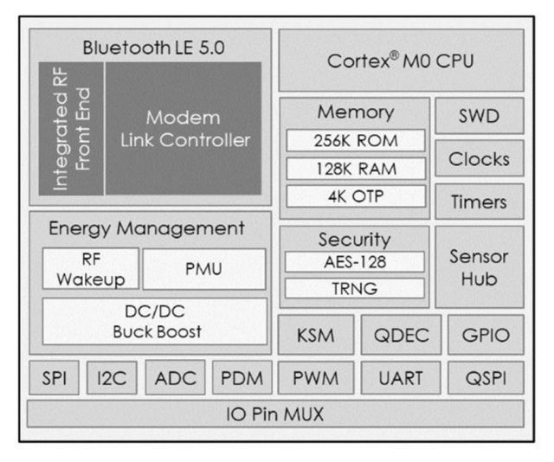
Figure 3: M2 Series block diagram (Image: Atmosic Technologies)
The series is suitable for applications such as wearable devices, personal trackers and asset trackers, beacons, remote controls, and location devices. The M2 Series offers flash and non-flash options, as well as 5 × 5 quad flat no-lead (QFN) and 6 × 6 dual-row QFN (DRQFN) packaging options. The power management unit is highly efficient at providing the core and I/O power for the SoC but can also be bypassed if a power source is available elsewhere in the system.
The Atmosic M3 Series SoC solutions are also based on Bluetooth 5 and enhanced with ultra-low-power radio and on-demand wake-up, but the M3 SoCs add controlled energy harvesting to allow battery-free operation of devices designed for the internet of things. Like the M2, the M3 Series offers flash and non-flash options as well as 5 × 5 QFN and 6 × 6 DRQFN packaging options.

Figure 4: M3 Series block diagram (Image: Atmosic Technologies)
The M3’s controlled energy harvesting can use energy from RF, photovoltaic, mechanical, and thermal sources to allow battery-free IoT operation. With the BLE 5.0 platform, controlled energy harvesting can be supported over a range of approximately 100 m, allowing hosts to connect to the energy source remotely.
The independent RF wake-up receiver is designed to look for an incoming paging or wake-up signal while the rest of the SoC remains in a very low-power state. The receiver is designed for short-range reception of a configurable signal from a Bluetooth device, mobile phone, or dedicated transmitter.
The Atmosic team used three technological vectors: ultra-low-power radio, on-demand wake-up, and controlled energy harvesting. The design reduces power to such an extent that energy harvesting is now a viable power source for standards-compliant IoT wireless devices.
To enable on-demand wake-up, Atmosic essentially provides its radios with two listening levels, or what the company calls “two sets of ears.” One set provides the lowest level of “radio consciousness,” listening in a very light conscious state to hear incoming transmissions; the other is a “deep sleeper,” waking up only when alerted to incoming signal transmissions by its light-sleeper companion.
Atmosic’s controlled energy harvesting brings a new level of battery performance, adapting the system’s attention to the environment. Instead of relying on environmental energy harvesting, which is inherently less predictable, it uses a known energy source that can be controlled to ensure robust functionality, minimizing the system dependence on battery power.
Atmosic’s latest collaboration with Tonly Electronics includes the development of the TBMO2 BLE module, which will integrate Atmosic’s M2 SoC system. “We built our M2 solutions from the ground up to revolutionize the IoT market with ‘forever’ battery life,” said Atmosic CEO David Su. “We are excited to enable device makers to more quickly and easily develop smart devices, from smart-home products to wearables to consumer electronics, with our cutting-edge low-power and wake-up technologies.”
The company’s on-demand wake-up technology is designed for devices that are always on and always connected, allowing applications to perceive incoming transmissions using as little power as possible and thus alleviating the impact of battery waste on the environment.
While traditional SoC-designed IoT devices consume more power and need frequent battery replacements, batteries in TBMO2-built devices can last up to the entire life of the device. This will make the implementation and maintenance of TBMO2-powered IoT devices more feasible and cost-effective.
For more information about the features of Atmosic's M2 and M3 series, please stay tuned.
Related News
- Industry NewsShenju Technology's world's first BLE application solution using long distance wireless power supply
- Industry NewsTech Republic: Atmosic World Lowest Power Consumption BLE Teaming Up with SMK Electronic
- Industry NewsAtmosic World Lowest Power Consumption Battery-Free BLE M3 SoC Named a CES 2020 Best of Innovation Honoree
- Product IntroductionAtmosic launched the world's lowest power BLE chip, advanced RF technology makes its power consumption as low as one-fifth of competing products
- Product IntroductionUsing Atmosic Lowest Power Consumption BLE SoC Can Help Beacon to Last Forever Battery Free




